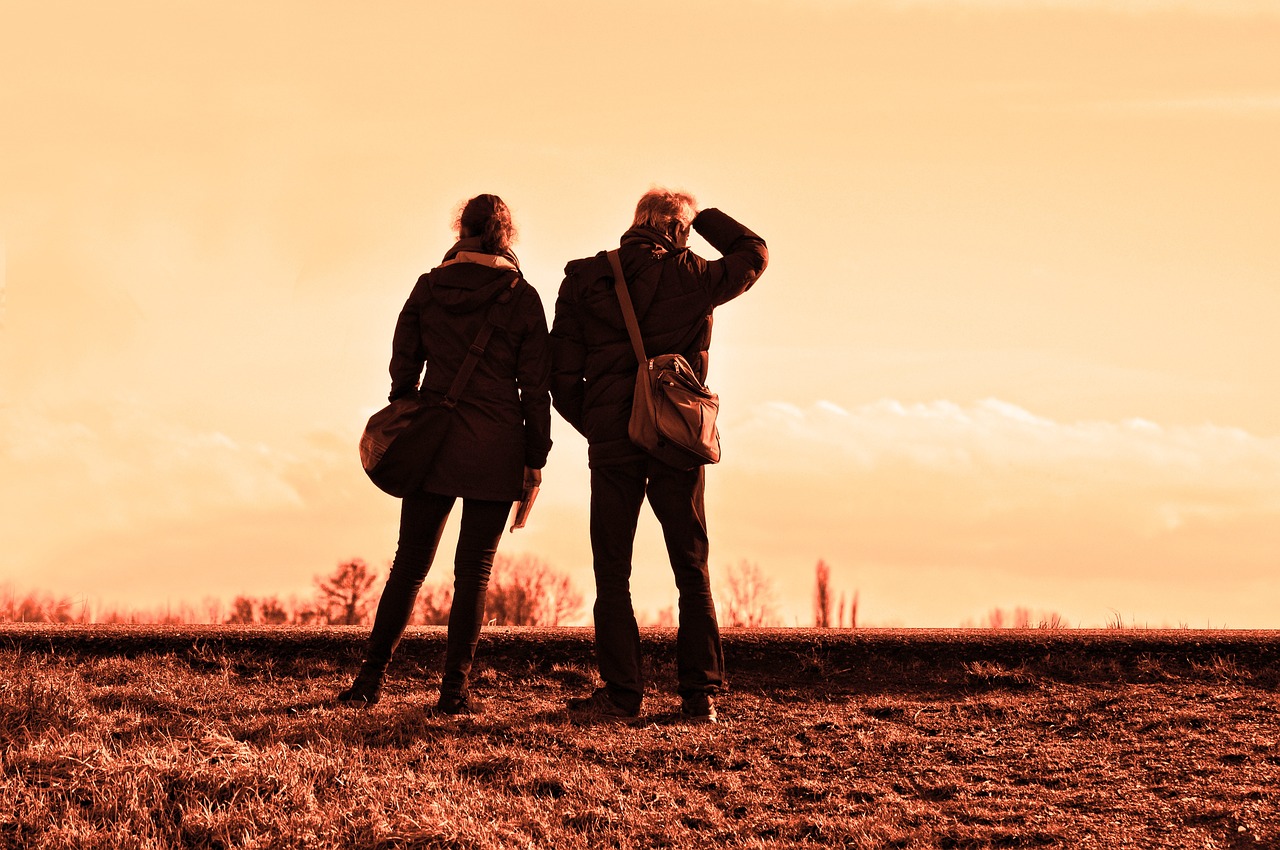Destinations - Part 2
Exploring Different Time Periods - Part 2
Ancient Rome
Ancient Rome, one of the greatest civilizations in history, flourished for over a millennium. From the founding of the city in 753 BC to the fall of the Western Roman Empire in 476 AD, Rome was a powerhouse of culture, politics, and military might. The Romans built impressive structures like the Colosseum and aqueducts, developed a sophisticated legal system, and expanded their empire across Europe, Africa, and Asia.
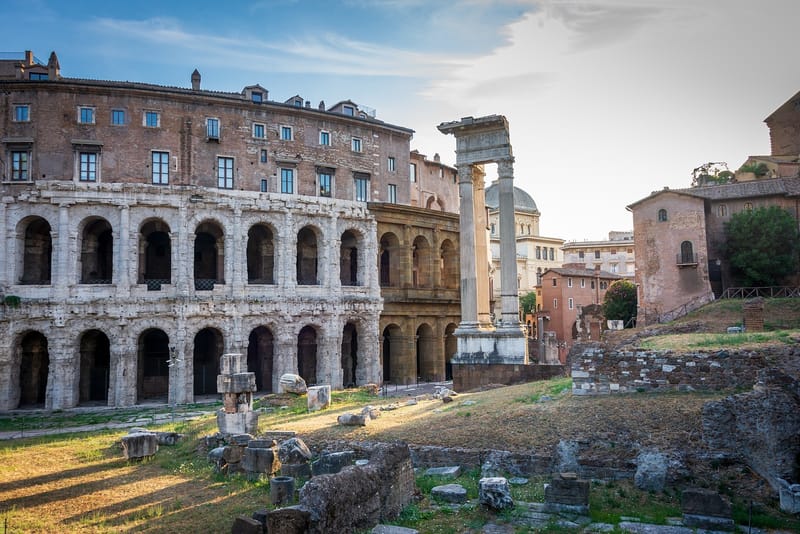
Medieval Times
The medieval period, roughly spanning from the 5th to the 15th century, was marked by feudalism, chivalry, and the rise of Christianity in Europe. Castles, knights, and epic battles defined this era. The Middle Ages also saw significant advancements in art, architecture, and literature, with iconic structures like Notre Dame Cathedral and literary works like The Canterbury Tales.
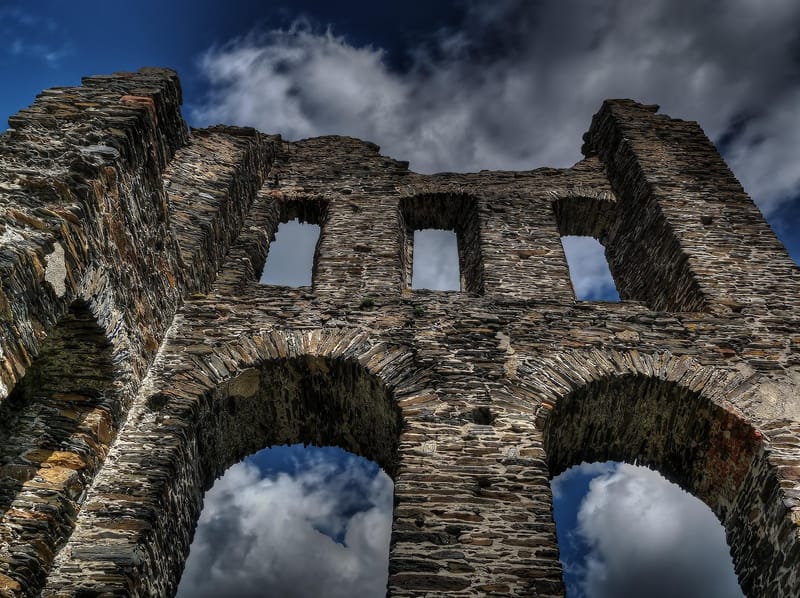
The Renaissance
The Renaissance, meaning "rebirth," was a period of renewed interest in art, science, and humanism that began in Italy in the 14th century and spread across Europe. Visionaries like Leonardo da Vinci, Michelangelo, and Galileo Galilei emerged during this time, revolutionizing art, architecture, and scientific thought. The era produced masterpieces like the Mona Lisa and the Sistine Chapel ceiling.
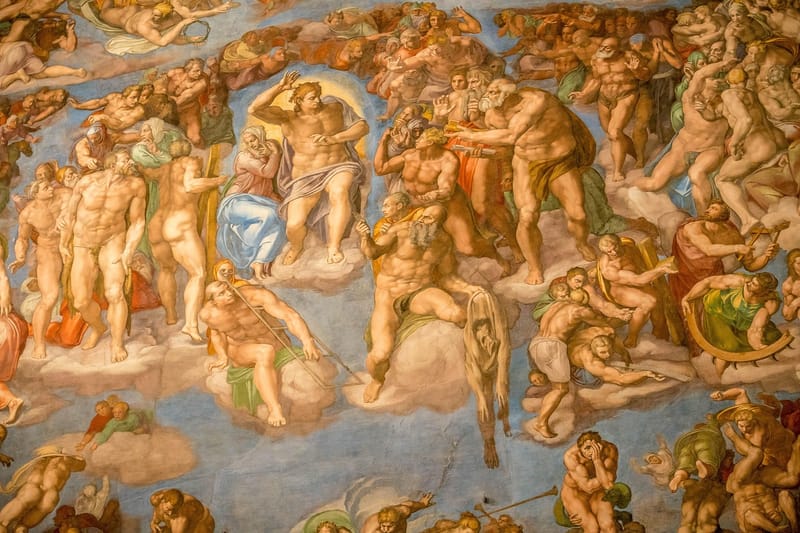
Baroque Era
The Baroque era, spanning from the late 16th to the early 18th century, was characterized by grandeur, drama, and opulence in art, music, and architecture. Baroque artists like Caravaggio and Bernini created dynamic and emotional works, while composers like Bach and Vivaldi produced intricate and expressive music. Baroque architecture is known for its ornate decorations and elaborate designs.
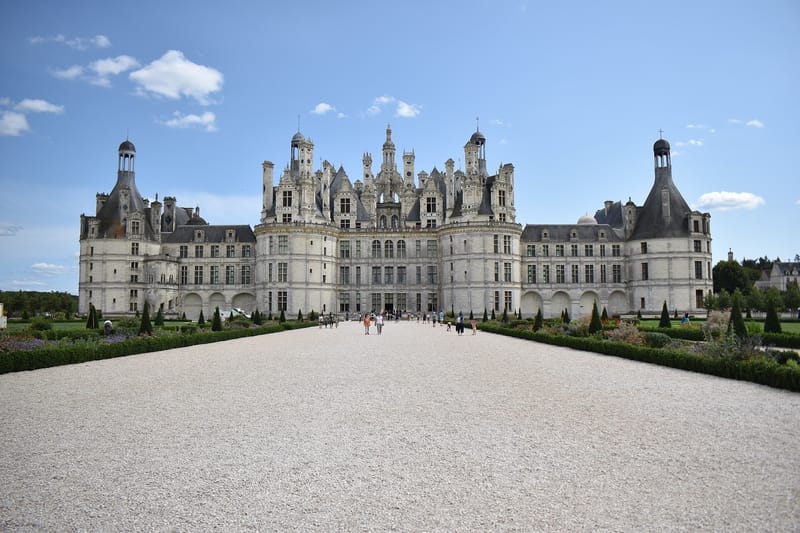
Industrial Revolution
The Industrial Revolution, starting in the late 18th century, transformed society through technological advancements, urbanization, and industrialization. Inventions like the steam engine and spinning jenny revolutionized manufacturing processes, leading to the rise of factories and urban centers. This period marked a shift from agrarian economies to industrial economies and had a profound impact on global trade and urban growth.
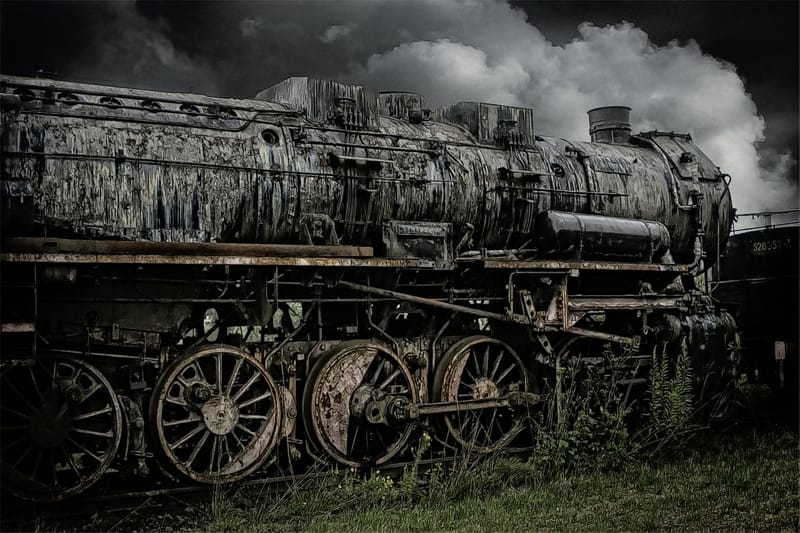
Conclusion
Exploring different time periods allows us to understand the events, people, and innovations that shaped our world. From the grandeur of Ancient Rome to the technological revolution of the Industrial Age, each era has left a lasting impact on society. By delving into these historical periods, we gain insights into human progress, creativity, and resilience throughout the ages.
Continue your journey through time and discover the rich tapestry of history that has brought us to where we are today.
